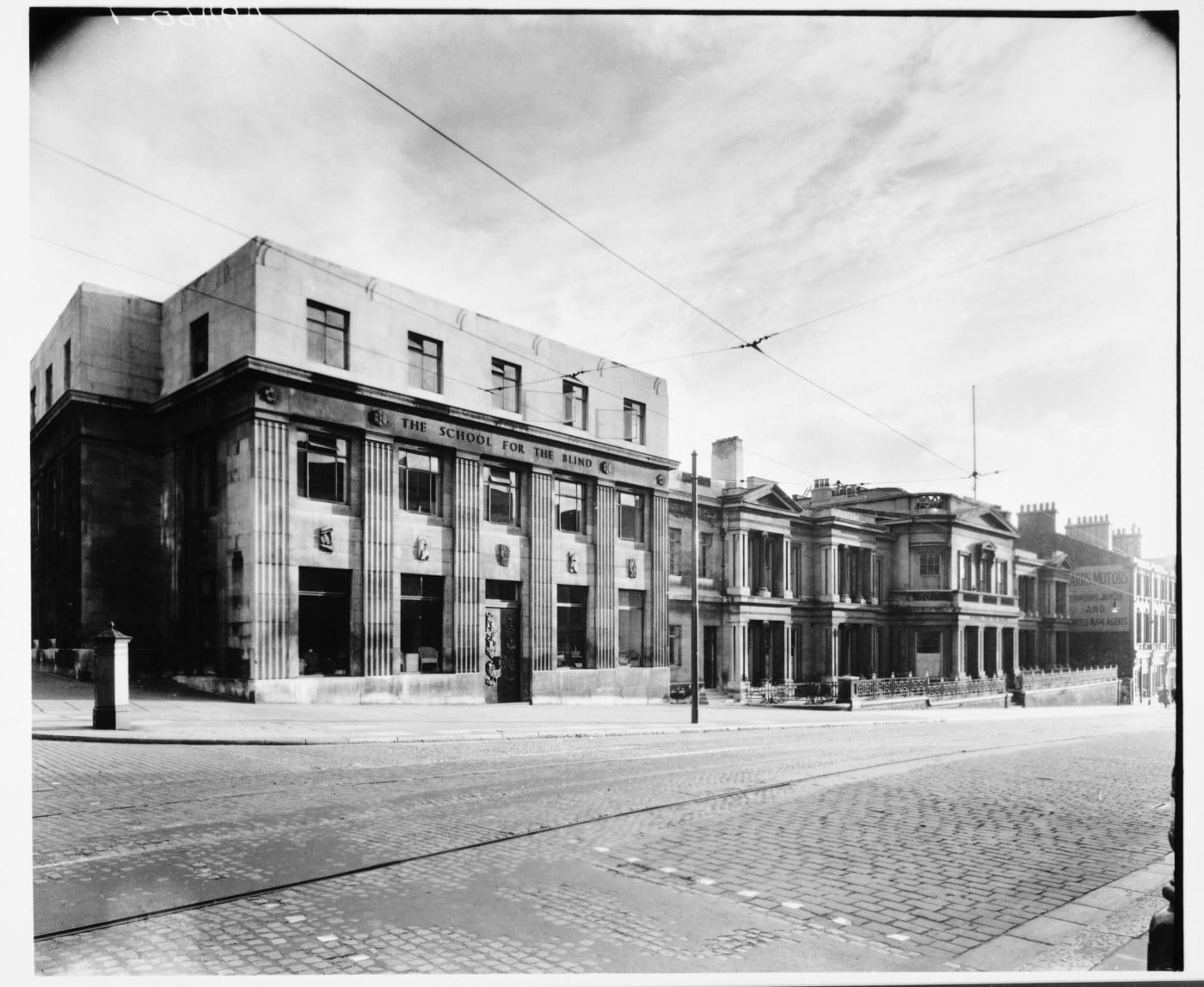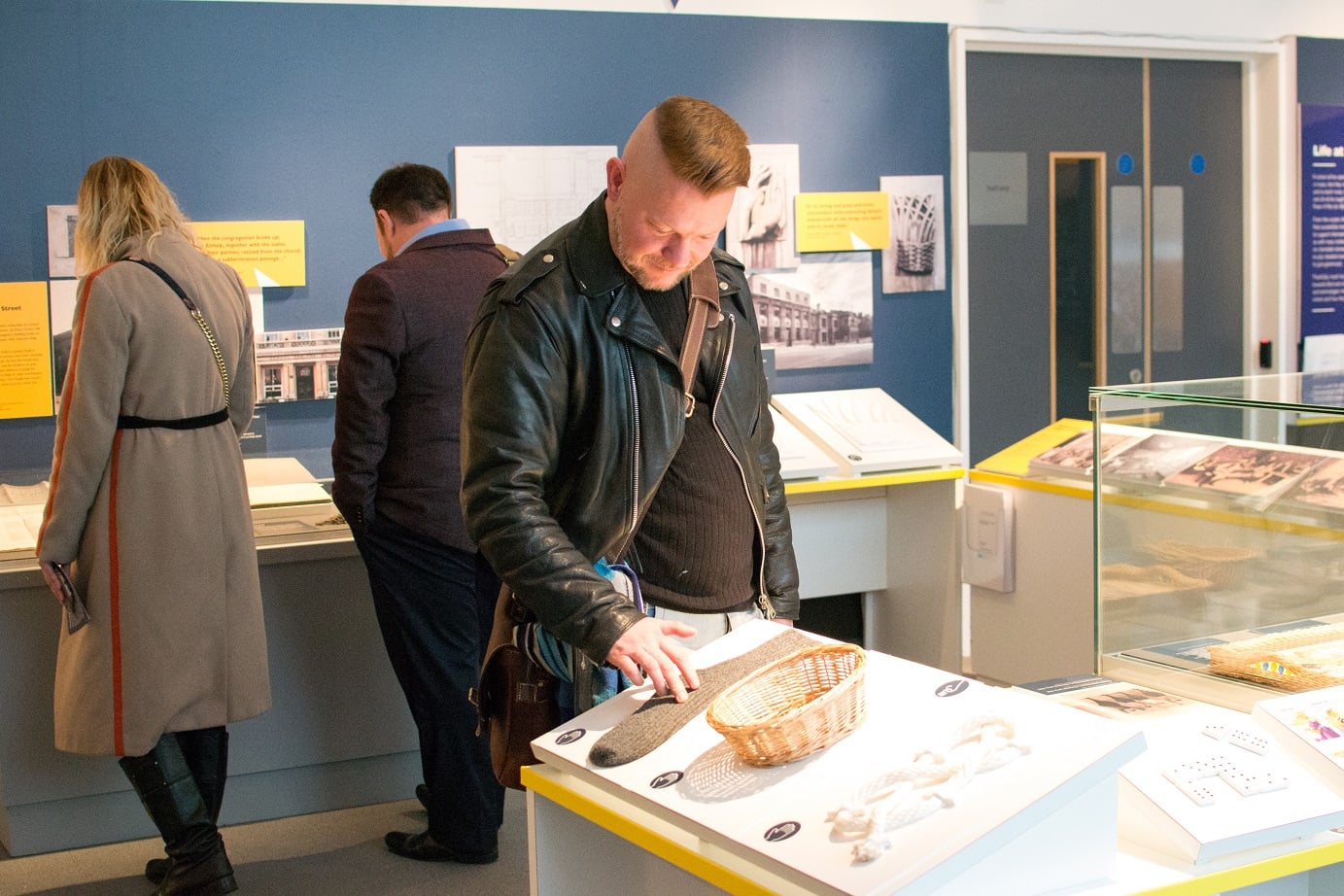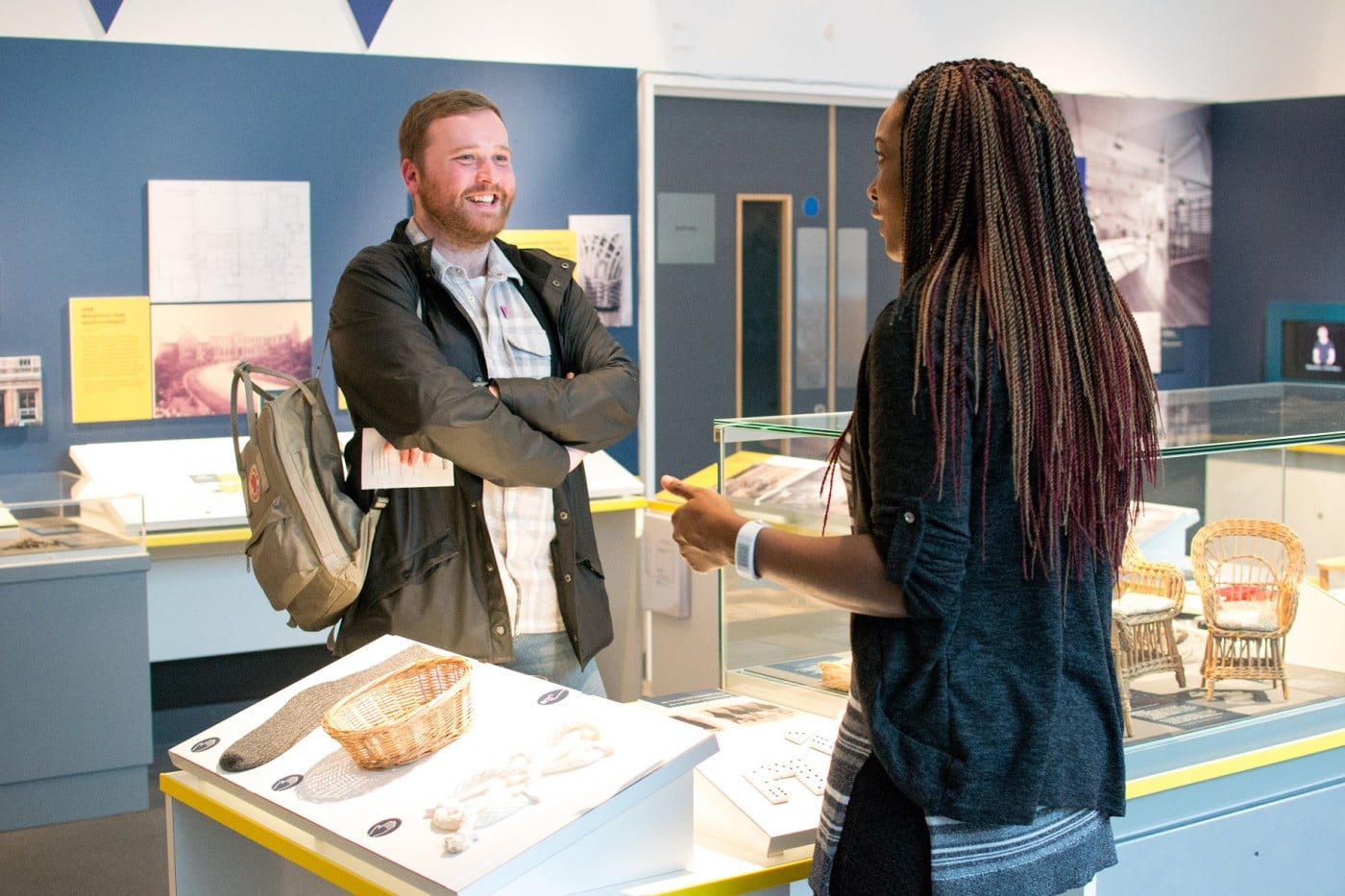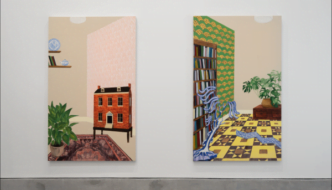
The chance to see disabled people’s lives reflected in a museum is a rare one indeed. Even rarer is the chance to see those lives represented realistically and with respect. If you visit the Museum of Liverpool before 15 April you’ll therefore be able to experience something unusual.
The Blind School is an exhibition that follows the history of the Royal School for the Blind in Liverpool. The exhibition is part of a national project, History of Place, that reveals disabled people’s history via eight significant buildings. Liverpool’s Blind School is significant because, founded in 1791, it was the first school for blind people in Britain — and only the second in the world.
While History of Place takes buildings and institutions as its starting point, the stories of disabled people are its essence. The school in Liverpool was founded by Edward Rushton, a blind human rights campaigner and abolitionist.

© National Museums Liverpool
The hidden stories of ordinary people are ones that capture our attention because we can relate to them. It’s vital that the diversity of our communities is reflected in social history projects like this; disabled people have always been part of the community and their stories are engaging and interesting, if only they can be told.
The Museum of Liverpool is an ideal venue for this exhibition, not only because of their commitment to accessibility, but also because The Blind School’s displays fit in well with the bright, modern building. The bold contrasting colours and the clean lines of the exhibition ensure that it is accessible as well as attractive to a wide audience. Extra touches include a yellow “guideline” at a uniform height that leads you through the exhibition, scented items and objects that can be handled. This enhances the experience for everyone, not just visually impaired visitors.
Oral histories accompany wall panels and display cases. Sign language interpretation, clear text and display cases that can be viewed from a wheelchair are integral to the exhibition design, and are so unobtrusive that they are unnoticeable to most visitors.

© National Museums Liverpool
The stories and recollections of the school are not all rosy, and it’s good to see that the exhibition doesn’t avoid some difficult issues. In aiming to “care for” disabled people, large institutions were often guilty of segregating them and instilling dependence. In The Blind School, former pupils remember the misery of being separated from family and of sometimes harsh treatment by teachers. The tension between charities for disabled people and disability rights is also mentioned, although I would have liked a more robust examination of this: I’m not sure I would describe the annual trip provided by Liverpool taxi drivers as a “partnership”, however well-meaning.
But more importantly than this, History of Place, and therefore The Blind School, is led by disabled people. Having disabled people in control of telling their history means that they are never shown as tragic victims, nor as brave heroes. Instead they are portrayed as members of the community, with ordinary, worthwhile, and interesting lives. This exhibition showcases disabled people’s skills, independence and determination through sharing the facts of their everyday experiences and revealing their little-known histories.
If you don’t get to the exhibition, there’s plenty of material about The Blind School and the other seven venues in the project on the History of Place website.
Filed under: Art & Photography
Tagged with: Blind School, History of Place, liverpool, Museum of Liverpool



Comments